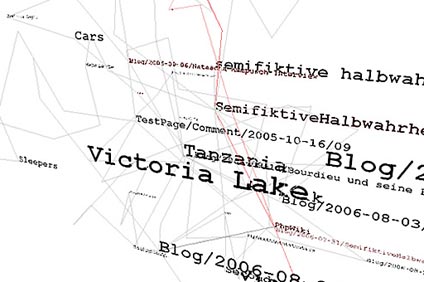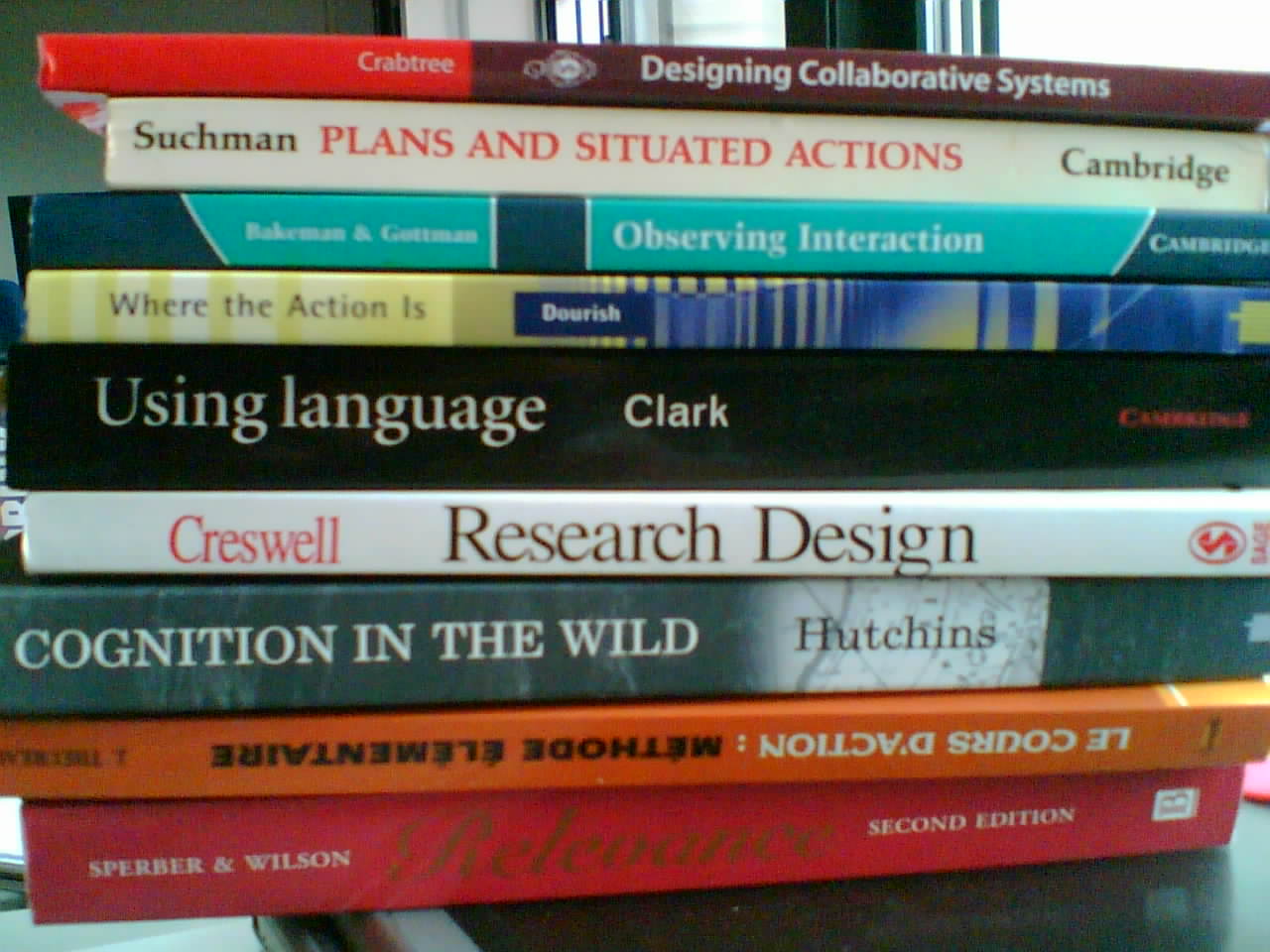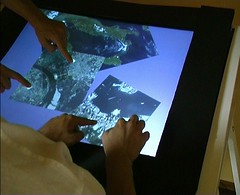Just attended a session about urban computing. The first paper was interesting to me because of its focus on methods: Instrumenting the city: developing methods for observing and understanding the digital cityscape by Eamonn O’Neill, Vassilis Kostakos, Tim Kindberg, Ava Fatah gen. Schiek, Alan Penn, Danaë Stanton Fraser and Tim Jones.
The point of the paper was to develop methods to investigate urban computing. To do so, the authors proposed to understand urban computing as system (its physical and digital forms and their relationships with people's behavior in the city). There is a need for methods: observing, recording, modeling, analyzing. Their point was to use the space syntax methodology and digitally augment them. They then presented how they "combined scanning for discoverable Bluetooth devices with two such methods, gatecounts and static snapshots".
A Bluetooth gate with a Bluetooth scanner placed on the inside of a window:

Why do I blog this? I found pertinent to combine Bluetooth scanning and conventional observational techniques. It helped them to get interesting patters of usage (gate crossing in this case); they presented very meaningfull visualizations showing both patterns of copresence and timeline view: visualization of location. It basically shows how people behave there (who appeared where):













